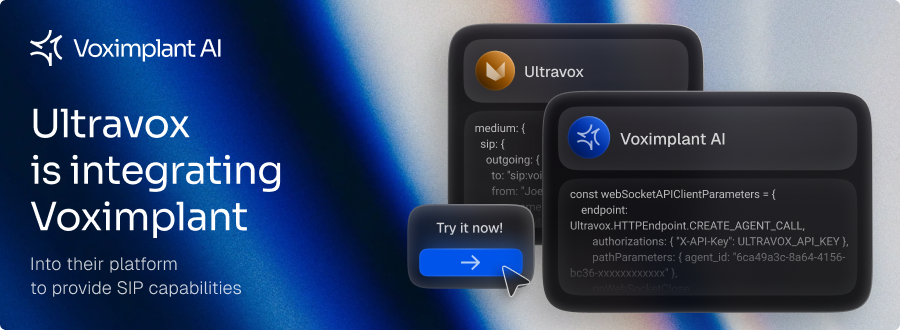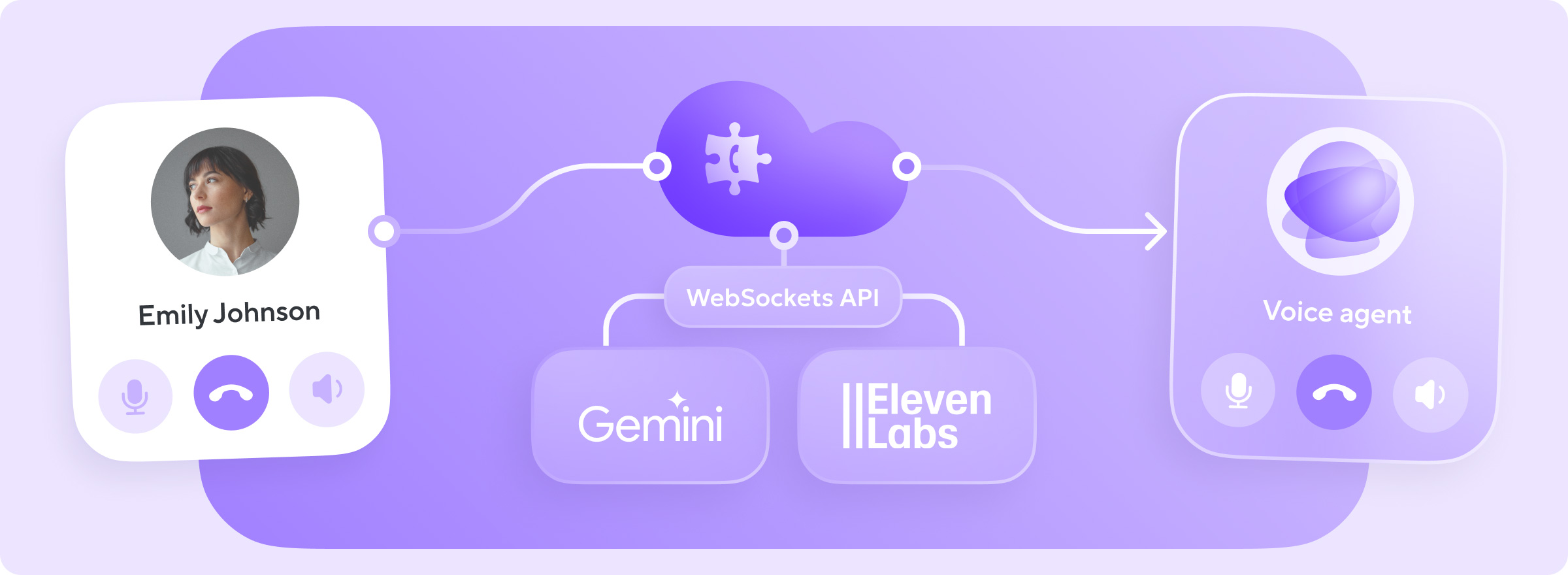Most modern SIP endpoints support OPUS which can be used for both HD and SD voice calls. Voximplant supports OPUS from the beginning, but some of our customers use good SIP phones that don't support OPUS since they had appeared on the market before OPUS became the industry standard. Usually, such phones support G.722, which is a wideband codec and can be used together with HD conferencing.
We have received a few requests related to the G.722 support from our customers and Voximplant developers, and decided that it's a good idea to support this codec. Now any SIP endpoint that supports G.722 can use the codec when working with Voximplant.





